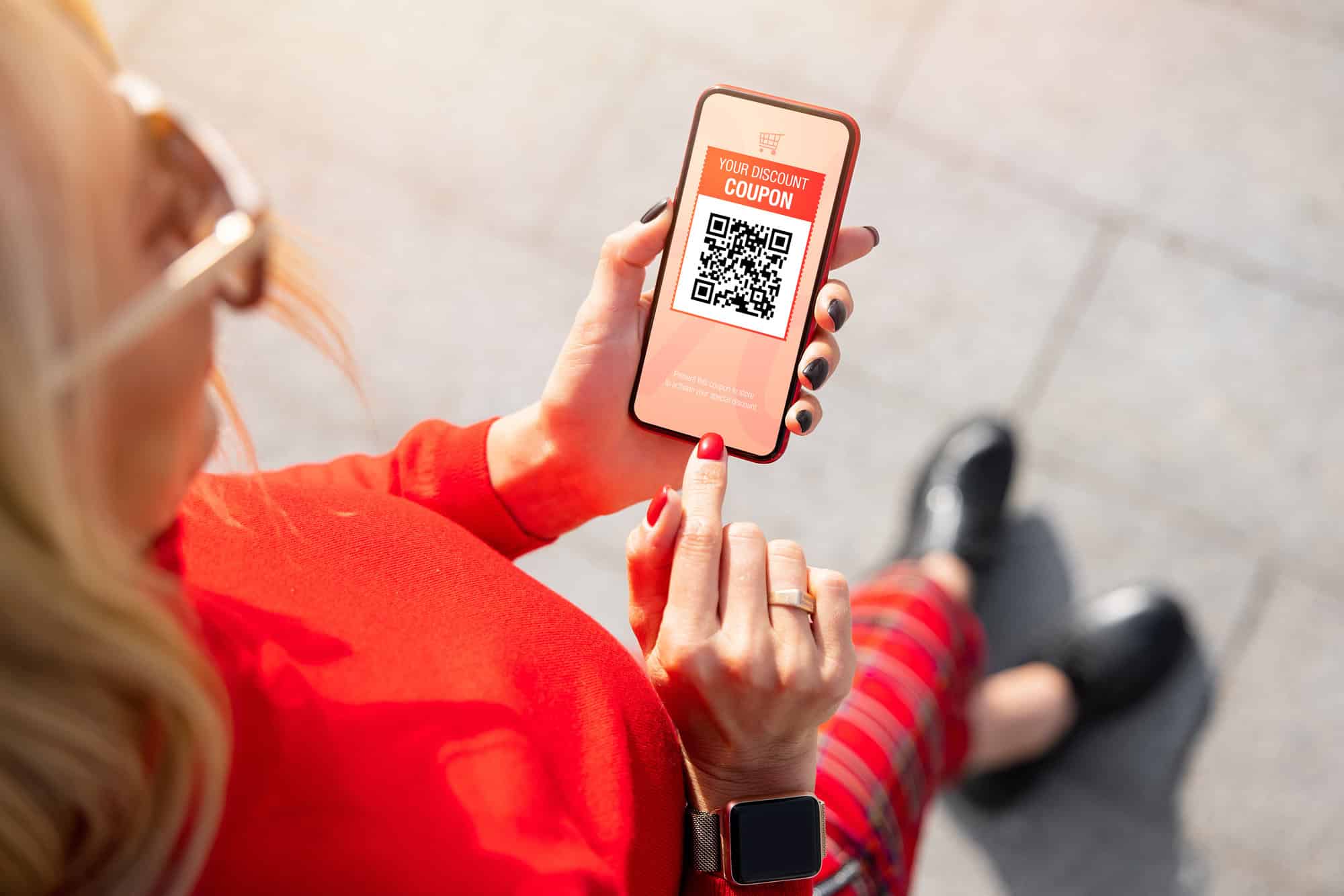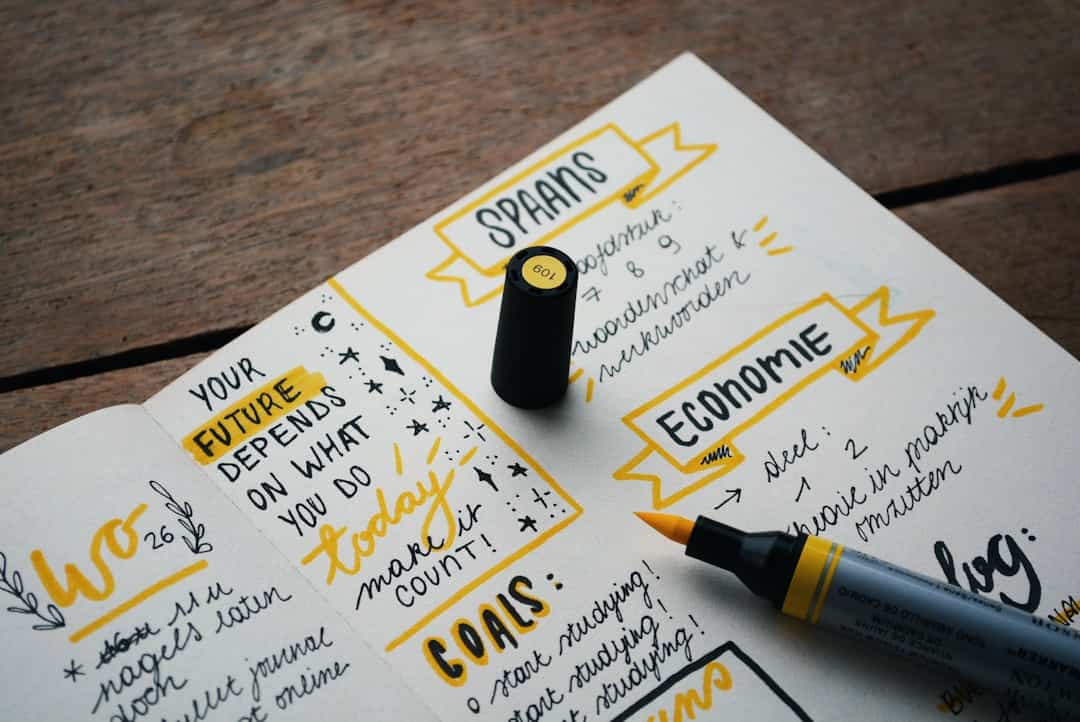Expected to register over $6 trillion in sales by 2023, e-commerce is a force to reckon and bend to your will. The anticipated growth rate is steady and does not seem to go anywhere but upwards. However, when it comes to an e-commerce website landing page, things change to the detriment of the businesses owning them.
On average, the conversion rate across the board for e-commerce landing pages is around 2.8%. Nevertheless, most brands are barely reaching this threshold, while other players in the field boast over 10%. The difference resides in how some companies create their e-commerce landing pages that drive conversions.
Not so long ago, we have talked about the best practices in e-commerce you should follow. Today, we will focus on some of the best elements to consider when you build an e-commerce landing page that converts. A landing page is not a product page, although many make this mistake.
- An e-commerce optimized landing page should be stand-alone and have one goal only – to convince users to take a singular but very particular action: purchase something, download something, submit a form, contact someone, etc.
So let’s see how to build modern and convincing landing pages for products or services that drive conversions!
1. Remove Distractors
Any web page is full of distractors – from clickable links to search bars and buttons – but it should not be the case with a landing page. It should grab the users’ attention, give them only one offer to focus on, and stop them from overthinking. A highly-targeted page (oriented towards the buyer’s persona without any anchor links, footer links, and navigation ones) is the best way to keep users engaged to only one CTA.
2. Build a Responsive Landing Page
It is not news that mobile took over the desktop searches and purchases, and yet many e-commerce websites fail to provide responsive landing pages across all devices, browsers, and screen sizes. No matter what service or people you use to build responsive landing pages, make sure you test them no only on your Android phone, but on all smartphones and tablets, desktops, and operating systems.
Be picky when it comes to website builders, designers, and developers. Have at least two landing pages functional and perform some A/B testing. Get only the page that is true-and-tested for responsivity. It will help with search engine rankings as well.
Most importantly, make sure the CTA buttons you put on the page all lead to the same place that looks the same across all devices. Also, have your team test all pages to reach the shortest loading times possible.
3. Multiple CTA Buttons
One of the best practices in building e-commerce landing pages that convert is to add at least two CTA buttons, if not more, but make sure you don’t interfere with UX standards. The reason is to guide the users seamlessly and effortlessly where they need to be. It would help if you kept your offer ever fresh in your users’ minds no matter how down they scroll on the page. For this reason, inserting multiple calls to action is a means to the end you desire: conversions.
As a note, make sure you don’t confuse the user with multiple messages or multiple offers on your landing page. If you don’t want your bounce rate to go through the roof, follow this rule: one single purpose, various CTA buttons, one single coherent message across the board.
4. Persuasive Headlines and Subheads
If anyone could write compelling headlines that are thought-provoking, engaging, and money-grabbing, the advertising and marketing industries would perish. Nevertheless, as landing page building goes, you and your marketing team should see eye to eye when it comes to the best practices of creating headlines and subheads that convert:
- The headline should state what the landing page is all about: the product, the service, the book to download, the newsletter to subscribe to, the people to contact, etc.
- As an attention grabber, keep your headline no longer than 10-15 words tops;
- If you have more things to explain and you need more words, make sure you write a clean and clear subhead copy underneath the headline;
- The subheads or explanatory copy should also contain persuasion elements that lead directly to the CTA button.
- Your CTA should also convey a sense of urgency, as we all know it sells. Display a limited-time offer, a soon-expiring discount, a deadline, etc.
5. Centerpiece Visual Elements
There is a reason why they say that images and videos almost killed the written copy on any website. Since the human brain processes images tens of thousands of times faster than words, modern landing pages that convert display large and hi-res pictures or engaging videos. Your landing page should feature the product you sell, the service you provide, etc.
- Refrain from adding stock photos or last-minute photo manipulation experiments;
- Post pictures that are reality-complying to your products;
- Allow the users to choose whether they want sounds with that picture or video. The bounce rate on websites that start singing or screaming at a user from a different tab is sky-high;
- If you are into software, hardware, or tech-related fields, showing a well-made video of how things work converts more than just slapping the user’s manual on the page.
6. Transparency in Prices and Contact Information
Long gone are the days when companies could trick users into interacting with their websites only to witness shopping cart abandonment. It usually happens when the prices prove to be higher than promised, or when people have no reliable contact information to address the company in the aftersales period.
- Build a landing page where your offers are up-front and transparent;
- Make sure the contact info you provide is valid;
- Anything you do, remove any obstacles in the conversion funnel;
- While many consider that adding a chatbot to the mix increases users’ trust in a company, do your homework well, as these bots are more controversial than you think.
7. Insert Business Storytelling
When you hear about conversion optimization through business storytelling, you should know that it was not marketers who came up with this, it was the buying customers. Your landing page should tell the story of your business in those 7 or 8 seconds a user spends looking at it on the Internet. Business storytelling takes more than just one page, but this doesn’t mean you can ignore one of the most important driving forces in sales of our times.
Storytelling has plenty to do with the landing page’s design, UX, CTA, headlines, and descriptive product or service copy, but also with your marketing strategies.
Bottom Line
A landing page that converts needs your full attention, as shoppers these days are tech-savvy, have plenty of competitors to choose from over you, and expect only the best. Besides A/B testing, make sure your landing page is entirely SEO optimized and in compliance with the ad that led them there (in case you used AdWords or social media to drive users to it). Building such a page is not a one-person show, so one of the best practices we can suggest is to look for a team of professionals who are up to speed with the latest web-tech and e-commerce trends of the year.
Image source: Depositphotos
Author Bio:
Marion Russen is a digital marketer with a keen interest in website development, SEO best practices, and fine art of matching what users want with what technology has to offer. A collaborator for Ucraft and other web-tech developers and consultants, Marion firmly believes that technology and science can make the world (and the Internet) a better place.





